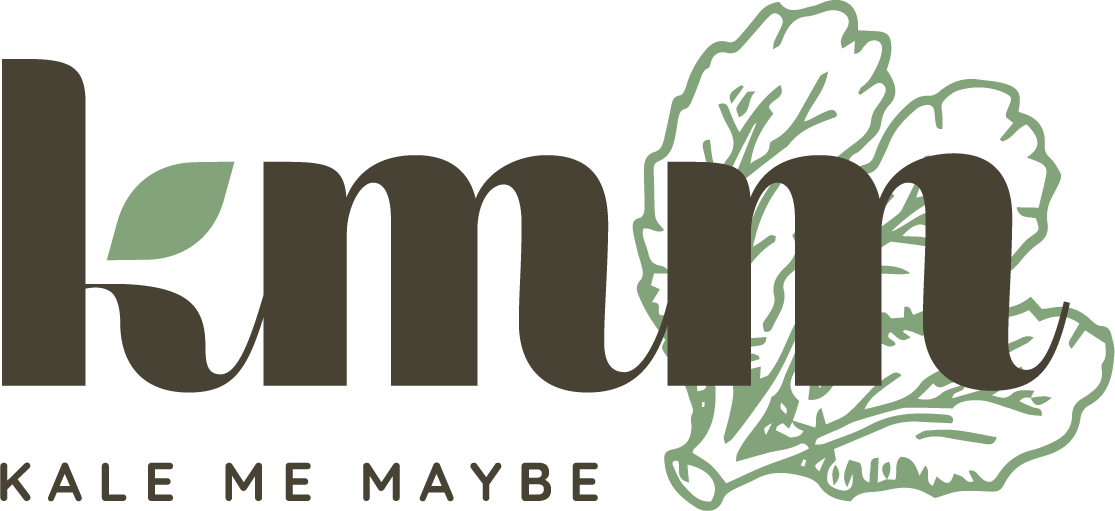Reading Food Labels + Lemony Garlic Spaghetti Squash
It has been awhile since I have last posted, and I apologize greatly (again, I know). You all have been asking me to update my blog, and I promise I want to! I'm cooking everyday, it's just so easy to get caught up in the rush of my life, and sometimes I need to remind myself to take a moment to just sit down and write. I've been experimenting with a lot of new tools and flavors recently, so hopefully I will be having some interesting recipes coming your way in a more steady stream of posts.
To get the ball rolling, I decided to post a very simple recipe. Sometimes I forget that not everyone likes to spend all day chopping and preparing like I do, so I thought it might be nice to include a recipe for those who like to keep it easy.
Now before I begin with the recipe, I wanted to go ahead and talk a little bit about food labeling. I know I have touched on it before, but as I'm out shopping or getting food with people, I begin to realize more and more that people don't read labels. Or, rather, they don't know how to read food labels or know which labels to read. Half of the reason this blog exists is because I want to educate others on nutrition, so I've put together some tips o what you need to know about food labels:
- A label that says "NATURAL" means nothing. There are no official FDA guidelines for "natural," and plenty of junk foods slap a "natural" label on the front to attract customers. What people need to pay the most attention to are the ingredients on the back as well as the fat, sugar, and sodium content. Remember, not all calories are created equal, so that's not always the best way to solely judge your food.
- Look out for hidden sugars: I mentioned this in my previous post, but I wanted to elaborate and emphasize that hidden sugars occur in many places other than just sweets. This can include anything from tomato sauce, meats, chips, etc. Especially look out in fruit juices and teas. I was out with a friend recently and he went to purchase a tea that said naturally sweetened with honey. Sounds great, but in addition to honey, it was also sweetened with cane sugar. Why is sugar so bad? Sugar is the root of many diseases, both physical and mental, and also contributes to weight gain and mood disorders.
- That being said, ingredients are listed in descending order of quantity. In the tea mentioned above, cane sugar was the second ingredient, and water was the first. That means that "tea" is actually mostly sugar water. Keep this in mind when you read ingredients. Maybe sugar is added, but if it is at the very end, it may just be very little.
Now onto the fun stuff: Spaghetti Squash! If you've never had it before, now might by the time to fall in love. The spaghetti squash isn't butternut squash or acorn squash made into spaghetti. It's its own squash that when sliced and baked (or microwaved) can be scooped out to be made into a spaghetti-like dish that tastes pretty darn good if you ask me.
While the consistency is a little different than spiralized vegetables, and I can't quite vouch that it tastes exactly the same as spaghetti, it's an amazing vegetable that can be used as a pasta substitute in a variety of ways. It's great for bakes, used with tomato sauce, or tossed with other vegetables.
It's pretty simple to make, and it is full of great nutrients such as vitamin A and C. It's also a great source of fiber, and you don't get all the carbs you would from eating regular pasta (which means, of course, significantly less calories.
Simple Lemony Garlic Spaghetti Squash
(serves 2)
Ingredients:
1 spaghetti squash
4 large cloves of garlic
1/2 cup of basil, chopped
Olive Oil
Parmesan Cheese
2 small lemons
1. Cut your spaghetti squash in half lengthwise. Scoop out the pulp and seeds from the top.
2. There are two ways to cook the spaghetti squash. The first is to place the squash face down atop tinfoil and place in the oven at 375 degrees Fahrenheit for about 45 minutes. The second is to put a tablespoon of water into the spaghetti squash when it's right side up, and cook in the microwave for about 10-15 minutes. Once the spaghetti squash is thoroughly cooked, you should be able to easily scoop out the entire squash it should be soft.
3. While the squash is cooking, finely chop your garlic and basil.
4. When squash is ready, heat up a pan with olive oil. Depending on the size of your pan, you might have to do the two halves separately (in which case, you would use half of the garlic and basil for each). Toss the spaghetti squash with garlic, basil, and more olive oil to taste for just a minute or two. You want the garlic and basil to only cook for a short time to keep them mostly raw and retain the strong flavor. Remove from heat and squeeze lemon on squash and toss again.
5. Top with shredded Parmesan cheese to taste.
Enjoy! And I will work on posting some more recipes soon!


